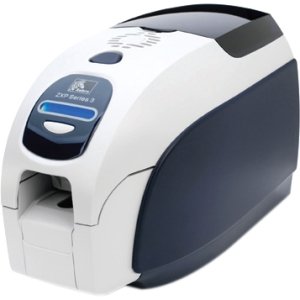Among the daily pleasures of my job is constant exposure to the delightfully unexpected. As a case in point, I did not awaken today with the expectation of learning the finer points of event organization and security from the sport of dragon-boat racing. And yet, yep, dragon-boat racing.
The Chinese fascination with dragons predates recorded history, but eventually found expression in highly ornate long boats. Best evidence dates the origin of the dragon boat to about 6000 years ago. Of course, our need to compete is as timeless as our need to decorate and dragon-boat racing evolved from human drama some 4000 years later.
Legend has it that when beloved poet, Qu Yuan, was banished from the kingdom for offending the emperor, he was so devastated by the prospect of exile that he dove into the Mi Lo river after anchoring himself with the fatal weight of a large stone. Fishermen raced longboats to the site, beating drums, splashing oars and throwing rice in their attempt to scare/entice fish away from his body, and their efforts were eventually commemorated by organized dragon-boat races.
Hong Kong’s dragon-boat festival was formalized in the early 1970s, and races began there in 1976, marking the “modern era” of the sport. The International Dragon Boat Federation (IDBF) was created in 1991 and today hosts annual races worldwide, with hundreds of thousands of participants in Europe, the Americas, Africa, Australia and New Zealand, not to mention millions in Asia. Faced with the challenge of organizing those participants, the IDBF deployed Zebra Technologies ZXP Series-3 Card Printers.
 Because Zebra’s ZXP-3 printers are so portable, fast, easy to use and affordable, the IDBF was able to install ample numbers at each competition site while linking each printers to its central database. Competitor badges are printed on site as each competitor presents him- or herself to the event organizers and bear the official IDBF logos while embedding the competitor’s name, passport number, photograph, competitor class and boat identification.
Because Zebra’s ZXP-3 printers are so portable, fast, easy to use and affordable, the IDBF was able to install ample numbers at each competition site while linking each printers to its central database. Competitor badges are printed on site as each competitor presents him- or herself to the event organizers and bear the official IDBF logos while embedding the competitor’s name, passport number, photograph, competitor class and boat identification.
When asked to describe the selection of Zebra’s ZXP-3 printers, Mike Haslam, Executive President of the IDBF, explained:
“Our major challenge isn’t just about registering people – it’s about developing the sport. Registration used to be cobbled cards that you put in a typewriter and typed on the competitors name and details. It would take hours and hours, and then, of course, the first thing they’d do is drop it into the water, and it’d get destroyed and you’d have to start all over again.
So, we’ve moved on. We consolidated that onto one IDBF database – somewhere else in the world, out pops the accreditation card, all printed and all done.
The other advantage, of course, is that it enables us to put a barcode on … so with your plastic ID card you just wiz it through the barcode, and it identifies you immediately. Up comes a picture so you can check that you’ve got the right competitor for the right race and the right racing class.
It takes us to another level. Some would say it’s given us more control; I’d say it’s given us more governance of the sport and improves the service to the public.”
So there you have it: Cutting-edge Zebra printers helping to organize the modern version of one of the oldest organized sports on the planet.













